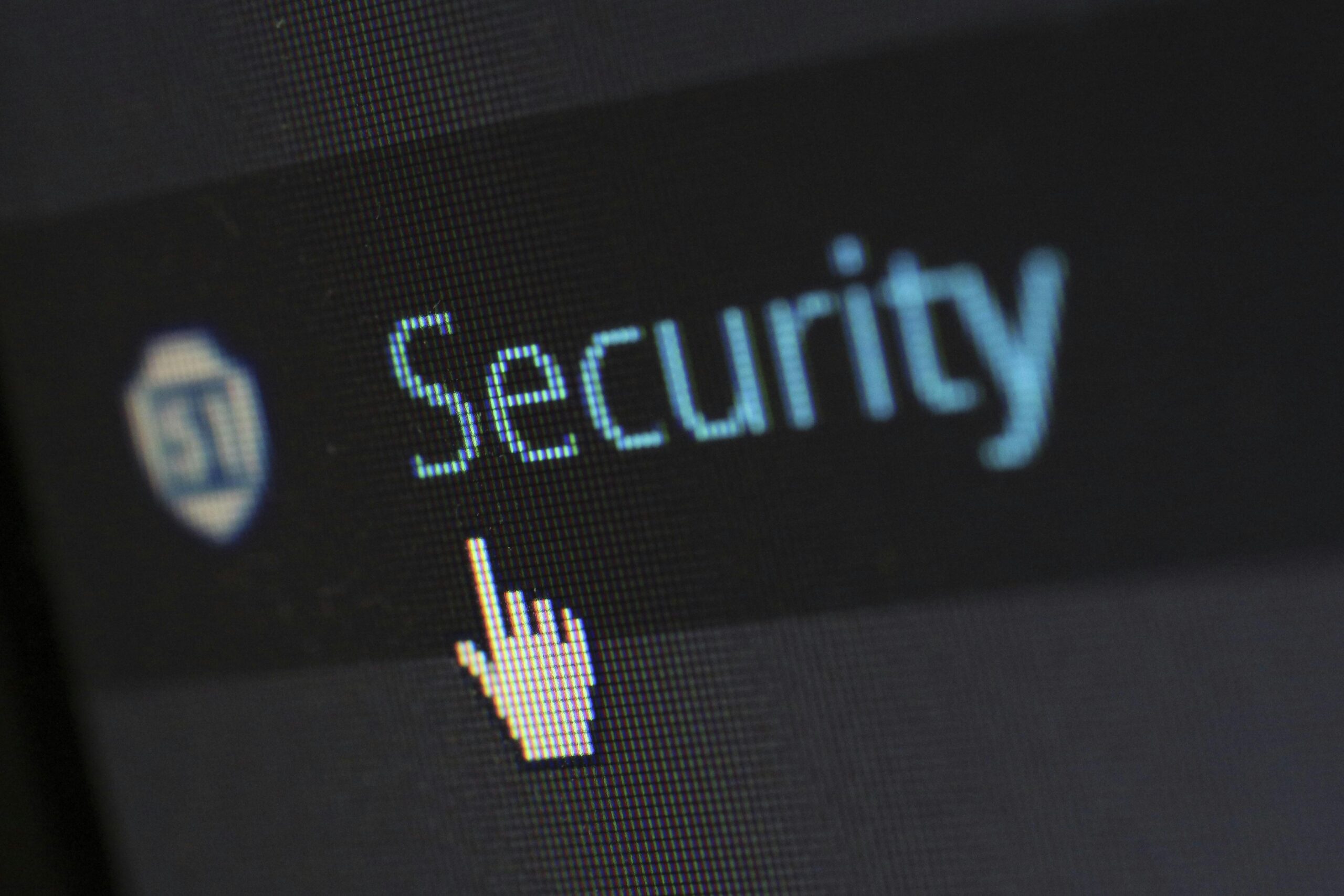Citing the fact that cyber threats are gradually becoming complicated, it calls for the need for concrete actions by businesses in securing valuable data and systems. Since then, MFA has become one of the critical building blocks in enhancing cybersecurity. This paper looks at how MFA-2-factor authentication-affects the issue of reducing cyber threats and examines best practices and strategies for implementation.
Understanding Multi-Factor Authentication (MFA)
Adding an extra layer of security in addition to the password, multi-factor authentication requires extra steps to verify the user instead of mere passwords. This may be something a user knows; for instance, a password, something which a user possesses like an authentication token, or something the user is, such as a biometric scan.
How MFA Reduces Cyber Threats
Strengthens Access Control: MFA reduces the chances of unauthorized access. Even when passwords are compromised, the second authentication factor-dynamic strong password or hardware token-stands in the way and blocks the attacker from reaching the protected assets.
Reduces the Risk of Vulnerabilities: The recently published vulnerabilities, such as CVE-2021-44228, have shown that much concern should be directed at security. MFA helps in mitigating such kinds of vulnerabilities through the extra layer of security that may help when other defenses fail.
Improvement of Security in the Cloud-Based: When cloud-based services are in great demand, and even the security solutions of SaaS take their advantage, such sensitive data that rests in the cloud certainly demands MFA to increase its security level. Implement two-step verification across cloud platforms by ensuring that some unauthorized user cannot easily access important business information.
Improves the security of the Outlook Web App: The MFA can improve the security for such widely used applications like the Outlook Web App. With the addition of another form of verification, businesses can better protect against phishing attacks and unauthorized access to the e-mail accounts.
Best Practices in Deploying MFA
Choose the Right 2FA Vendor: Find an affordable 2FA service vendor that fits your needs. You may want to use software tokens or hardware tokens-whichever fits your need; just ensure that the vendor offers a solution that is compatible with your existing infrastructure.
On-premise platforms: Organizations using on-premise systems can integrate MFA platforms without much hassle, providing great security for internal applications and networks. Thus, it adds additional protection to those systems which are not part of a cloud environment.
Employ Dynamic Strong Password Authentication: Meanwhile, perform the implementation of strong password policy with MFA. Dynamic passwords or one-time codes make it even harder for attackers to compromise weak or re-used passwords.
Establish a Security-Oriented Corporate Culture: There needs to be a sense of security in the organization. Educate employees on why MFA is necessary, how to apply, and use it. Regular training and awareness programs help develop better understanding and adherence among all employees concerning security best practices.
Address cybersecurity during wartime: when working in a high-risk environment or when there is an increased threat level, MFA would become even more crucial. Data protection will be highly needed with enhanced strategies of multi-layer security to keep the focused attacks at bay.
Choosing Between Software and Hardware Tokens
There is also, when it comes to MFA, a dilemma between software and hardware tokens for businesses. Software tokens, such as mobile apps which generate authentication codes, are cheaper and can be more convenient. Hardware tokens, on the other hand, are physical devices generating one-time codes; they add an extra layer of security and are susceptible to far fewer types of attacks.
MFA for Small Businesses
Small businesses can also benefit a lot from MFA. It is very much possible to perform 2FA even on the tightest budget and improve the security with minimal effort required. Various cost-effective services are offered to secure the small business’s data and minimize the risk of exposure to the cybersecurity threat.
Conclusion
Multi-factor authentication is among the strongest tools that minimize cyber threats and enhance the overall security of the enterprise. MFA blocks unauthorized access, reduces vulnerability risks, and strengthens security on cloud-based and on-premise environments with an additional layer beyond password verification. Selection of the proper 2FA provider, integration with existing systems, and a strong security culture-all ways to take ultimate measures with regard to MFA. Whether yours is a large enterprise or a small business, integrating MFA in your security policy can very well minimize the risk of cyber threats and protect your valuable data to a huge extent.

Kaushal Joshi is a versatile author with expertise in web development and technical writing. With a passion for both coding and effective communication, Kaushal has forged a dynamic career at the intersection of technology and content creation. His proficiency in web development is complemented by a talent for articulating complex technical concepts in clear and accessible language. Through his writing, Kaushal not only contributes to the evolving field of web development but also empowers readers with the knowledge to navigate the digital landscape. His commitment to bridging the gap between technology and understanding makes Kaushal Joshi a respected figure in both the web development and technical writing communities.

Leave a Reply